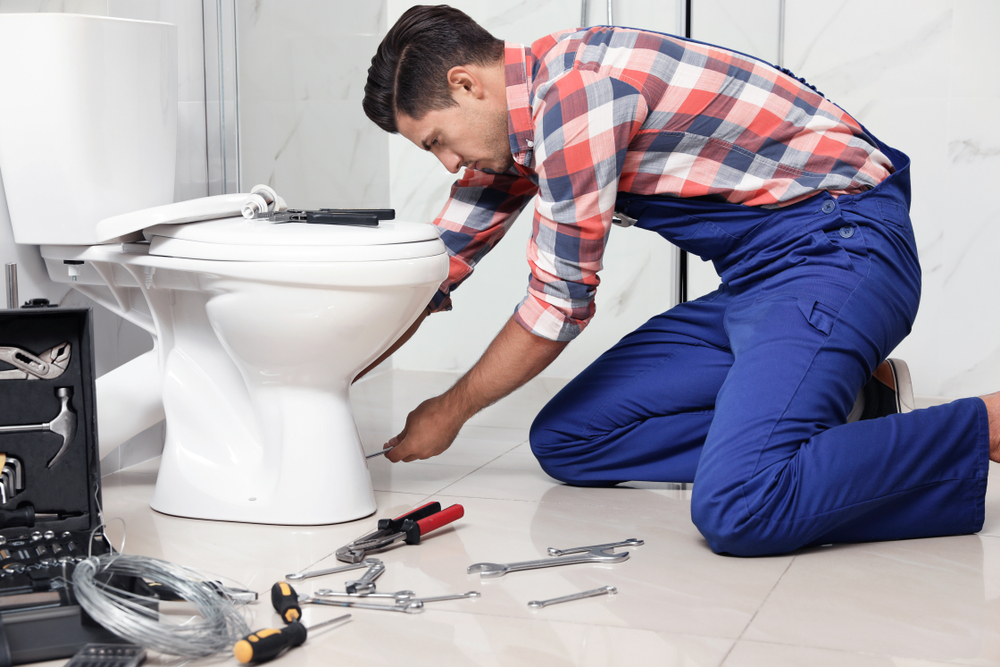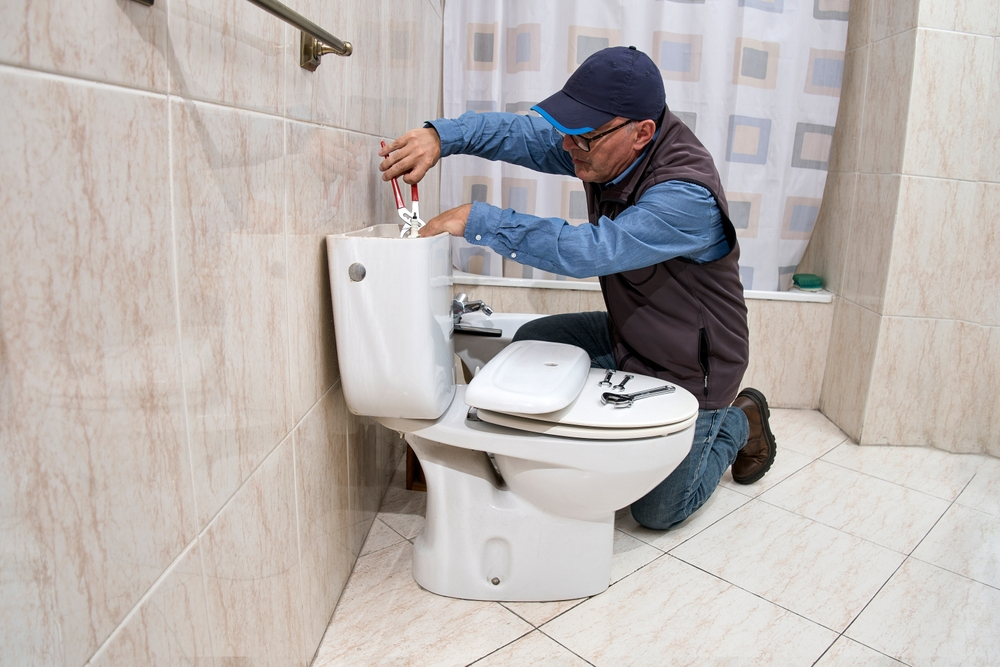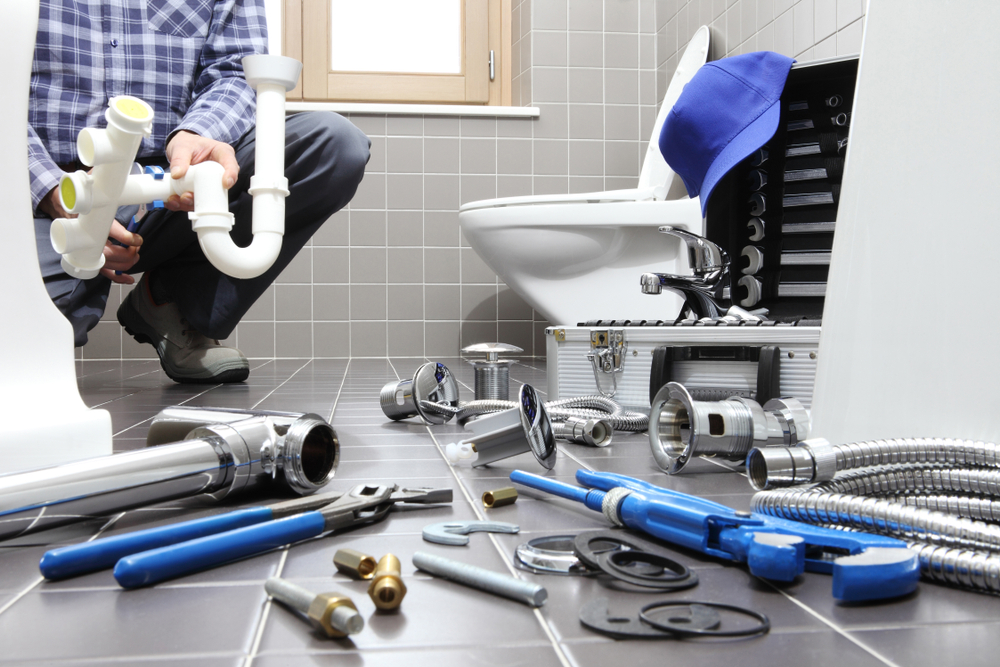Modern life depends on toilets absolutely. Every day we depend on them for comfort, convenience, and sanitation. One cannot overestimate the value of a properly operating toilet since it influences our hygiene, health, and even the surroundings. Although choosing, installing, and maintaining a toilet seems like a straightforward chore, there are several important factors to take into account that could affect your home for years to come. This article will go over the advantages of toilets, several varieties, installation and maintaining toilets, typical problems, and environmental impact of this daily need.
Benefits of Installing and Maintaining Toilets
Your house gains many advantages from a toilet that runs properly. Above all, it offers simplicity. A good toilet guarantees effective disposal of waste, therefore preventing bad smells and possible health hazards. Especially in crowded homes, a good living environment depends on proper sanitation.
Keeping a functional toilet also helps your budget. Good condition toilets effectively use water, thereby lowering your water bill and avoiding expensive repairs. Finally, by cutting water use and hence preventing water pollution, contemporary toilets help you lower your environmental impact.
Key Benefits of a Functional Toilet:
- Convenience guarantees good waste disposal and helps to avoid smells.
- Hygiene encourages a good living surroundings.
- Reduces water usage and repair costs helps to save money.
- Environmental Effect: Helps to lower pollution levels and preserve water.

Different Types of Toilets
There are several designs for toilets, each meeting distinct purposes. Typically found are bidets, composting toilets, and conventional flush toilets. Knowing these choices will enable you to decide for your house more wisely.
Traditional Flush Toilets
The most often used kind of toilet is flush one. They wash trash into a sewage or septic system using water. One-piece and two-piece variants are among the various designs modern flush toilets come in. Dual-flush systems let customers select between a low or full flush, therefore saving water.
Pros:
- Readily accessible and familiar
- Effective waste management; water-saving elements in contemporary designs
Cons:
- Requires access to a water supply
- Can waste water if not used sensibly.
Composting Toilets
One green substitute for conventional flush toilets are composting toilets. These toilets break down waste by natural decomposition instead of water, transforming it into compost. Off-grid residences or places with restricted water availability would find composting toilets perfect.
Pros:
- Environmentally friendly preserves water
- Produces compost for gardening
Cons:
- Requires regular maintenance
- Might emit smells if not well controlled.
Bidets
Many different countries have bidets as a common personal hygiene tool. These toilets cut the demand for toilet paper by cleaning the user after use using water jets. Bidets can be attachments to current toilets or stand-alone fittings.
Pros:
- Improves personal grooming.
- Cuts the consumption of toilet paper.
- Gentle on the skin
Cons:
- Needs water access and installation.
- Might take time to change for fresh users.

Installation Process
Installing a toilet calls more than just positioning it in your bathroom. The process calls for meticulous planning to guarantee that your toilet runs for years and performs as it should. Here is a detailed walk-through instruction on toilet installation.
- Choose the Right Location: Choosing the right placement for your toilet comes first. Make sure the location has access to the required plumbing and enough of room for the toilet to fit properly. For convenience, you should also take into account how close other bathroom fixtures—such as showers and sinks—are.
- Connect the Plumbing: Connect the toilet to the plumbing once you have chosen a spot. Attaching the toilet to the drainage system and water supply line comes in this next stage. Make sure every link is safe to stop leaks.
- Seal the Toilet to the Floor: Once the piping is connected, ground the toilet and fasten it with bolts. Tight seal creation is crucial to stop water from seeping around the base. Make sure a watertight connection by using another sealing technique or a wax ring.
- Test the Toilet: Test the toilet to guarantee it flushes properly and doesn’t leak once everything is set up. Should all go according, your toilet is ready for use.
Maintenance Tips
Maintaining a toilet calls both constant care to keep it running effectively. These simple maintenance ideas will help your toilet last longer and avoid typical problems.
- Regular Cleaning: Regular cleaning of your toilet helps to avoid the accumulation of mineral deposits and bacteria. Scrub the bowl and tidy the outside surfaces with a toilet brush and cleaning solution.
- Check for Leaks: Common leaks can cause water waste and damage to your bathroom floor. Examining the toilet’s foundation, tank, and water supply line will help you routinely find leaks. Deal with leaks right once to stop more harm.
- Fix Minor Issues: Ignorance of little problems like a running toilet or delayed flush is unacceptable. These concerns can squander water and point to more important fundamental ones. Fix them right away to stop them from getting further out of hand.
- Avoid Harsh Chemicals: Strong chemicals might compromise the plumbing in your toilet and need expensive repairs. Steer clear of toxic drain cleaners and use natural cleaning products.
Common Toilet Problems
Toilets can eventually develop problems even with regular maintenance. Knowing typical bathroom issues and how to address them will save you time and money.
- Clogs: One of the most often occurring toilet issues is clogged pipes. Usually they arise from too much foreign things or toilet paper being flushed. The obstruction can be cleared and appropriate flushing restored with a plunger or toilet auger.
- Leaks: Leaks may come from the tank or from the base of the toilet. Generally speaking, a leak at the base indicates that the wax ring needs replacement. Check the water supply line and adjust any loose connections should the leak originate from the tank.
- Running Toilet: Usually indicating a flapper or fill valve issue, a running toilet points to a Changing these parts will stop the toilet from running constantly, so saving water and reducing your bill.
- Overflowing: One major problem that calls for quick care is a toilet that overflows. Cut off the toilet’s water source and deal with the clog generating the overflow.
Importance of Professional Installation and Maintenance
Although do-it-yourself installation and maintenance can be appealing, usually engaging a professional for these chores is a superior option. Expert plumbers has the knowledge and equipment needed to safely and effectively install and service toilets. They guarantee that your toilet runs as it should and help you to see possible problems you might ignore, so avoiding future trouble.

Why Hire a Professional:
- Professional plumber is aware of how to safely manage difficult plumbing projects.
- Efficiency: Their speedier and more exact completion of the work than a do-it-yourself project.
- Professional installation and maintenance help to avoid upcoming problems.
Environmental Impact
Mostly by water consumption, toilets significantly affect the surroundings. Many gallons of water can be used in traditional toilets per flush, which over time results in significant water usage. Modern toilets, meantime, are made with water economy in mind. More environmentally beneficial since dual-flush and low-flow toilets drastically cut water consumption.
Choosing an Environmentally Friendly Toilet:
By providing two flush choices—one for solid waste and one for liquid waste—dual-flushing toilets help to save water.
Using less water per flush, low-flow toilets help to lower total water use.
The most environmentally friendly choice among toilets is composting ones since they do not consume water.
Selecting a water-efficient toilet helps you save your water cost and help to preserve this essential resource. Furthermore take into account the materials your toilet uses, including the type of porcelain and the manufacturing technique, which affect the surroundings.
Conclusion
Essential for our daily existence, toilets give us convenience, comfort, and hygienic conditions. Selecting the suitable toilet for your house, installing it appropriately, and keeping it clean can guarantee years of dependable and effective use. Think about the several kinds of toilets that are on the market, from conventional flush models to composting toilets, and balance the environmental effect in your choice. Remember, professional installation and cleaning services usually guarantees greater outcomes and long-term savings even although do-it-yourself options can be appealing.
Understanding the need of toilets and how to take care of them can help you to keep a pleasant, healthy, and environmentally friendly house.
Plumbing Services CA
https://maps.app.goo.gl/31Yt4rhDrainzNJ4A
(279) 203-0765
https://plumbingservicesca.com/
